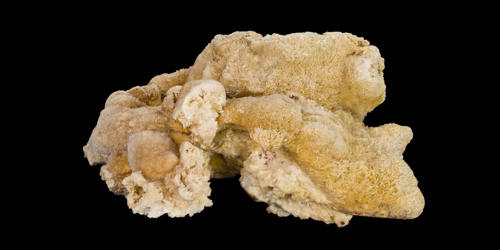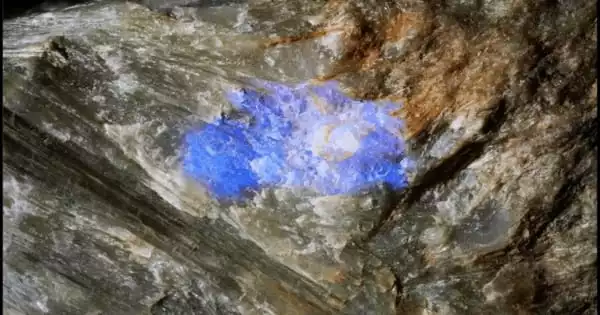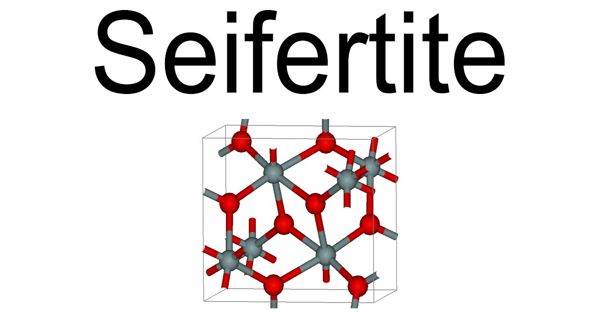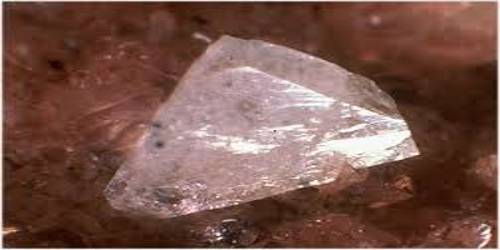Melanterite is a mineral form of hydrous iron(II) sulfate: FeSO4·7H2O. It is a widespread green, a mostly fibrous mineral composed of hydrated ferrous sulfate. It is the iron analog of the copper sulfate chalcanthite. It is a hydrated iron sulfate formed after the decomposition of pyrite or other iron minerals due to the action of surface waters. It is one of only a few water-soluble sulfate minerals. It alters to siderotil by loss of water. It is a secondary mineral often found associated with iron pyrite or zinc and copper mines.
Melanterite was used to make a black metallic pigment called melanteria. It was first described in 1850. The name of this mineral comes from a Greek word meaning “copper water,” which refers to a process of extracting metallic copper using copper-bearing water and iron.
General Information
- Category: Sulfate mineral
- Formula: (repeating unit) FeSO4·7H2O
- Crystal system: Monoclinic
- Crystal class: Prismatic (2/m) (same H-M symbol)
- Color: Green, pale green, greenish-blue, bluish-green, colorless.
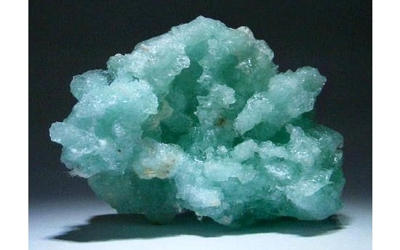
Properties
It is a secondary sulfate mineral that forms from the oxidation of primary sulfide minerals such as pyrite and marcasite in the near-surface environment. The primary source of the iron for melanterite is iron sulfides such as pyrite, pyrrhotite, marcasite, and chalcopyrite. It is a ferrous iron sulfate heptahydrate, crystallizing in the monoclinic system and occurring as translucent green, blue, or white crystals, often with marcasite; native copperas.
- Crystal habit: Encrustations and capillary efflorescences; rarely as equant pseudo-octahedral, prismatic or tabular crystals
- Cleavage: {001} Perfect, {110} Distinct
- Fracture: Conchoidal
- Mohs scale hardness: 2
- Luster: Vitreous
- Streak: White
- Diaphaneity: Sub transparent to translucent
- Specific gravity: 1.89 – 1.9
- Optical properties: Biaxial (+)
Occurrences – A post-mine product of oxidation of pyrite and marcasite ores; rarely a volcanic sublimate.
It often occurs as a post mine encrustation on old underground mine surfaces. It also occurs in coal and lignite seams exposed to humid air and as a rare sublimate phase around volcanic fumaroles. In many mines, melanterite is an ongoing precipitate or efflorescent forming white to green encrustations, crystal aggregates, and stalactites right on the sides of the mine’s shafts. It is often found in mines as a post-mining formation on mine walls.
Associated minerals include pisanite, chalcanthite, epsomite, pickeringite, halotrichite, and other sulfate minerals.
Information Source:
